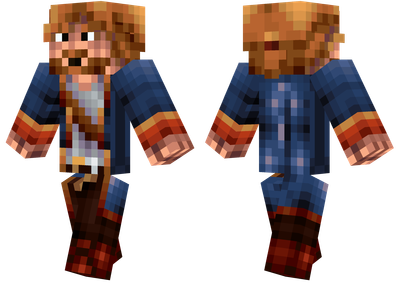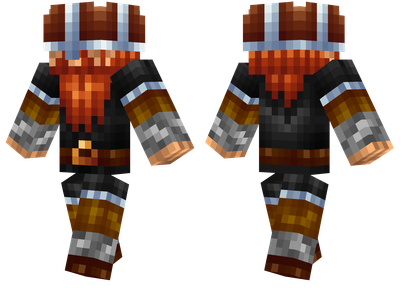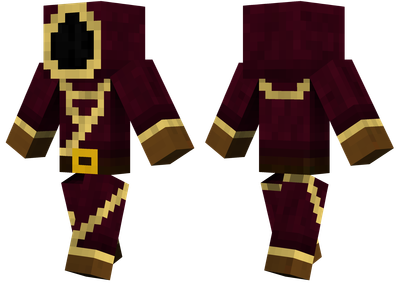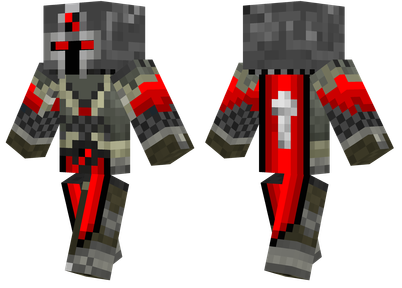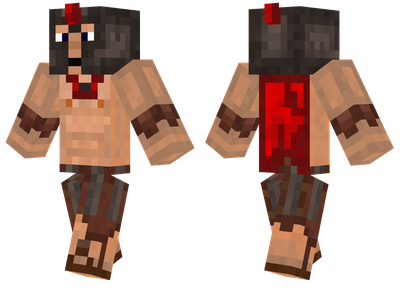I am ugly.
When the integrated pipeline is placed in the variable card, there is a ' +' button on the left.When the mouse moves up, it will prompt that you can set an additional option. Here we let us explain the functions of these options.
Channel
-Enter type type type.When a channel interface (input, output, interface) is set up, it cannot interact with the pipe interface (input, output, interface) of different channels.-1 is a special channel, which means that the interface is open to all channels; if it is input/output port, it means that the interface of all channels is stored/extracted.
cycle
-Enter the Boolean type.‘0’ indicates False, ‘1’ indicates True. Entering English is also possible (integrated pipes can set up the Boolean type in this way, and do n’t repeat it below).The mouse moves to the word circulation.
-Cap to extract items in turns, and will ignore the first -priority of interfaces of the same channel.
blacklist
-The functions that most pipes have, do not output items that match the content of the variable card
Item transmission rate
-It can enter zero, but you cannot enter negative numbers.It means the meaning of each transmission amount.
Accurate quantity
-Che use of items transmission rate.
Example: The transmission rate is set to 100, and the accurate number is TRUE.There are multiple boxes in the network: A, B, C.The extraction item is Monreo Umu
Only when the number of Men Rui Omu in the three boxes of A+B+C is equal to 100, will Monreal Omu get out of the output interface.
Because the transmission rate is set to 100, if the total number is equal to 100, it will be extracted; if it is 101, one Men Ruomu will not be extracted.
Object location
-Enter an integer specified output/input slot.For example: set at the output interface of the item to 3.After the items are extracted, only output to the slot 3.(The first slot of the container is 0)
Detect stack size
-The detail is not obvious.The items cannot be extracted when the list is matched.When the corresponding items match, the performance is consistent with the accuracy.
Detect metadata
When the default is TRUE, when it is set to FALSE, if there are two types of items (take the crushed ore of the Industrial Age 2 as an example): crushed copper ore2).The variable card only sets up the corresponding items that only match the crushing copper ore. When extraction, the crushing iron ore will also be extracted.
Detect NBT
-NBT is a label used for setting items or biological attributes for Minecraft.
For example, the NBT data obtained by the diamond boots that protect the Ⅰ enchantment through Crafttweaker is: {Ench: [{lvl: 1 as short, id: 0 as short}]}.Then the NBT specified in the logical programmer should be: {Ench: [{lvl: 1s, id: 1s}]}.NBT is too many and too complicated. It is best to set some simple programs through logic programmers to directly read the NBT data to understand the format, and then specify the label that hopes to match.
synthesis
The configured synthetic interface is required in the network, and the synthetic table variable card that is expected to synthesize is placed.
Taking the output iron particles as an example: When there is no iron particles in the specified channel, you can automatically consume iron ingots to synthesize iron grains to output.If a synthetic table with iron block synthesis is also configured in the synthetic interface, you can also consume iron block synthetic iron ingots when the iron ingot does not exist, and then synthesize the iron grain output.


